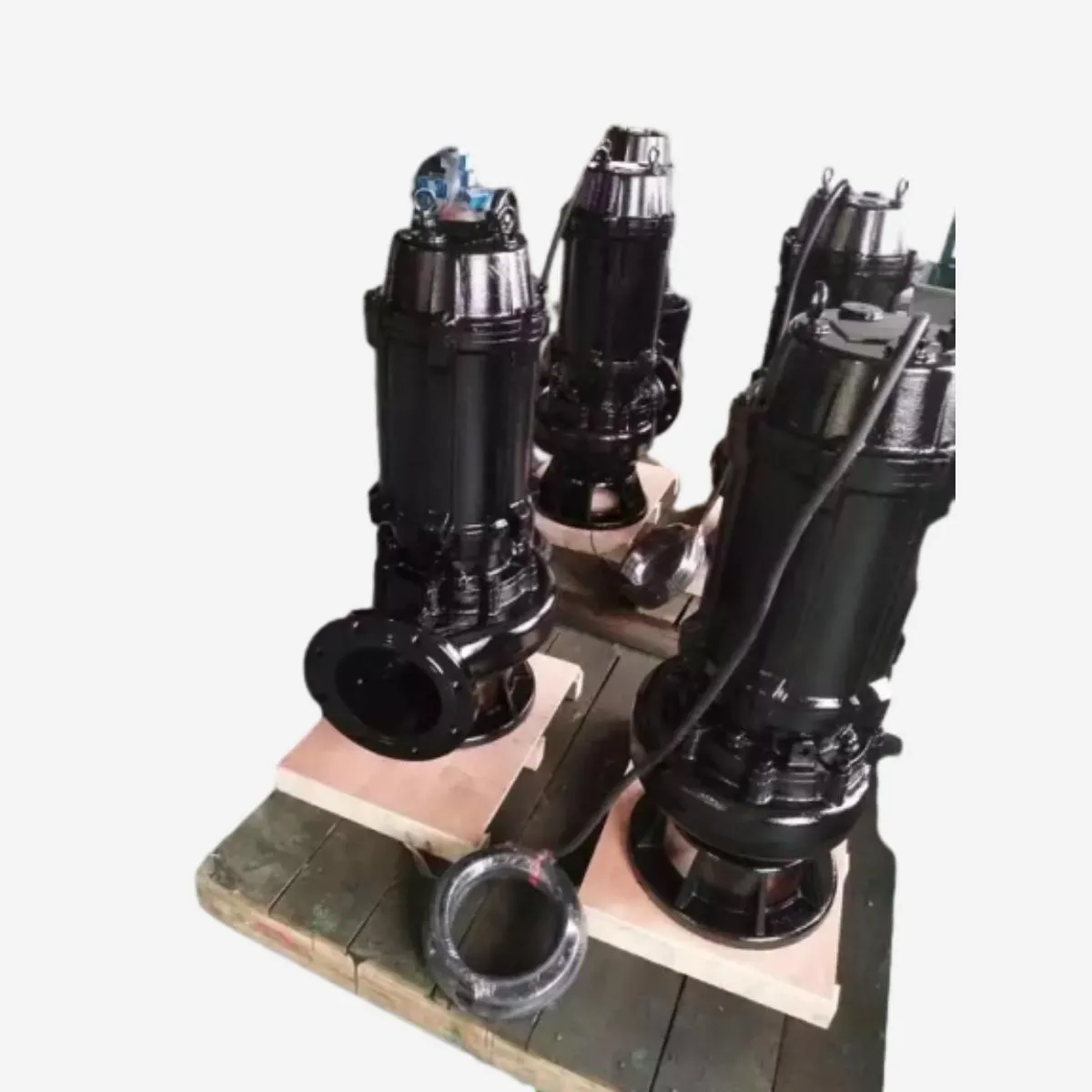TEL:
+86 13120555503
English
- Afrikaans
- Albanian
- Amharic
- Arabic
- Armenian
- Azerbaijani
- Basque
- Belarusian
- Bengali
- Bosnian
- Bulgarian
- Catalan
- Cebuano
- Corsican
- Croatian
- Czech
- Danish
- Dutch
- English
- Esperanto
- Estonian
- Finnish
- French
- Frisian
- Galician
- Georgian
- German
- Greek
- Gujarati
- Haitian Creole
- hausa
- hawaiian
- Hebrew
- Hindi
- Miao
- Hungarian
- Icelandic
- igbo
- Indonesian
- irish
- Italian
- Japanese
- Javanese
- Kannada
- kazakh
- Khmer
- Rwandese
- Korean
- Kurdish
- Kyrgyz
- Lao
- Latin
- Latvian
- Lithuanian
- Luxembourgish
- Macedonian
- Malgashi
- Malay
- Malayalam
- Maltese
- Maori
- Marathi
- Mongolian
- Myanmar
- Nepali
- Norwegian
- Norwegian
- Occitan
- Pashto
- Persian
- Polish
- Portuguese
- Punjabi
- Romanian
- Russian
- Samoan
- Scottish Gaelic
- Serbian
- Sesotho
- Shona
- Sindhi
- Sinhala
- Slovak
- Slovenian
- Somali
- Spanish
- Sundanese
- Swahili
- Swedish
- Tagalog
- Tajik
- Tamil
- Tatar
- Telugu
- Thai
- Turkish
- Turkmen
- Ukrainian
- Urdu
- Uighur
- Uzbek
- Vietnamese
- Welsh
- Bantu
- Yiddish
- Yoruba
- Zulu
Telephone: +86 13120555503
Email: frank@cypump.com
Feb . 16, 2025 14:49 Back to list
drainage pumps
Achieving optimal water management in both residential and commercial settings hinges on the efficiency of drainage systems. At the heart of these systems, drainage pumps play an integral role, offering solutions to excess water challenges often caused by heavy rainfall, groundwater infiltration, and other environmental factors. With a strategic focus on effective water removal, choosing an ideal drainage pump requires an understanding of different pump types, installation considerations, and maintenance practices, ensuring the system's reliability and longevity.
Equally crucial to the selection process is considering the installation environment. Several factors such as the depth of the water source, the height of discharge, and the type of materials being pumped (e.g., clean water vs. debris-laden water) should be evaluated. Installing a pump in an area with heavy debris may necessitate models equipped with grinders or solids-handling features, preventing clogs and ensuring continuous operation. Once installed, implementing a diligent maintenance routine is imperative. Regular inspections and timely servicing can prevent common issues such as impeller wear or motor failures. It is advisable to conduct periodic tests to ensure that the pump switches on automatically in response to rising water levels and to clear any debris from the sump pit or discharge lines that could obstruct the system's operation. Modern advancements in pump technology also offer enhanced features such as smart sensors and wireless connectivity, which facilitate remote monitoring and control. Investing in drainage pumps with such capabilities can provide real-time alerts on performance issues, enabling swift interventions that prevent potential flood damage. This proactive approach underscores not only the expertise in managing water control systems but also reinforces trustworthiness by ensuring the infrastructure is secure and efficient. Ultimately, the decision-making process surrounding drainage pumps involves a comprehensive understanding of the site-specific needs, the pump's operational specifications, and future-proofing the setup through innovative features. Leveraging professional expertise in the installation and maintenance phases can transform a simple drainage solution into a robust, reliable system that withstands environmental stresses over time. Through meticulous planning and informed choices, individuals and businesses can mitigate risks associated with water damage, safeguarding their investments and promoting sustainable practices in water management.


Equally crucial to the selection process is considering the installation environment. Several factors such as the depth of the water source, the height of discharge, and the type of materials being pumped (e.g., clean water vs. debris-laden water) should be evaluated. Installing a pump in an area with heavy debris may necessitate models equipped with grinders or solids-handling features, preventing clogs and ensuring continuous operation. Once installed, implementing a diligent maintenance routine is imperative. Regular inspections and timely servicing can prevent common issues such as impeller wear or motor failures. It is advisable to conduct periodic tests to ensure that the pump switches on automatically in response to rising water levels and to clear any debris from the sump pit or discharge lines that could obstruct the system's operation. Modern advancements in pump technology also offer enhanced features such as smart sensors and wireless connectivity, which facilitate remote monitoring and control. Investing in drainage pumps with such capabilities can provide real-time alerts on performance issues, enabling swift interventions that prevent potential flood damage. This proactive approach underscores not only the expertise in managing water control systems but also reinforces trustworthiness by ensuring the infrastructure is secure and efficient. Ultimately, the decision-making process surrounding drainage pumps involves a comprehensive understanding of the site-specific needs, the pump's operational specifications, and future-proofing the setup through innovative features. Leveraging professional expertise in the installation and maintenance phases can transform a simple drainage solution into a robust, reliable system that withstands environmental stresses over time. Through meticulous planning and informed choices, individuals and businesses can mitigate risks associated with water damage, safeguarding their investments and promoting sustainable practices in water management.
Share
Next:
Latest news
-
ISG Series Vertical Pipeline Pump - Chi Yuan Pumps Co., LTD.|Advanced Hydraulic Design&Energy-Efficient Solutions
NewsJul.30,2025
-
ISG Series Vertical Pipeline Pump - Chi Yuan Pumps Co., LTD.
NewsJul.30,2025
-
ISG Series Vertical Pipeline Pump - Chi Yuan Pumps Co., LTD.|energy-efficient fluid handling&industrial durability
NewsJul.30,2025
-
ISG Series Vertical Pipeline Pump - Chi Yuan Pumps | Advanced Engineering&Industrial Efficiency
NewsJul.30,2025
-
ISG Series Pipeline Pump - Chi Yuan Pumps | High Efficiency, Energy Saving
NewsJul.30,2025
-
ISG Series Vertical Pipeline Pump-Chi Yuan Pumps|High Efficiency&Reliable Performance
NewsJul.29,2025










